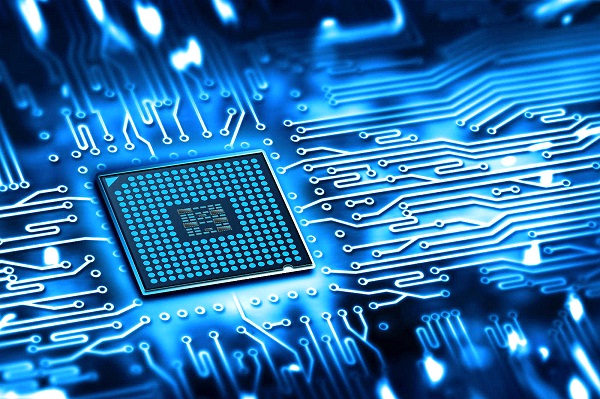Intelligence, a Necessary Ingredient for Embedded Systems
Introduction
Embedded systems have shown to be valuable in the industrial world. These systems are usually put in much stress due to the demand of work in different corporations. Considering the amount of applications embedded systems are imposed to, technologies like this need to be resource efficient, suitable for its environment, cost efficient, allow for autonomous operations, and capable of self- problem solving. Intelligence is the key to any piece of machinery, especially those that deal with high demands of work and mission-critical tasks.
What Makes an Intelligent System “Intelligent”?
Machines that can solve and fix their own problems in the workforce would be considered an “intelligent” machine. One of the best features is first, its cost. Embedded machines or any industrial system will wear down eventually, however intelligent systems can reduce constant maintenance and perform for long periods of time without direct human contact. Embedded systems are can be very similar to nature, self-fixing and automatic when it comes to system recovery. In order for an intelligent machine to be “intelligent”, it needs to learn. The only way a machine can learn is if it recognizes its own systems failures and errors. As a result of self-recognition of errors, the intelligent embedded system must learn to adapt and perform better, much like life adapting to its environment. The systems should also be able to recognize errors and process data to users and programmers in real time as they are all synchronized with each other.
One of the powerful features of intelligent systems is that they incorporate neural networks. Neural networks are machine-learning algorithms, which allows a system to recognize its own errors and patterns, and then adapts for an improved performance. Neural networks save an enormous amount of time by not requiring programmers to solve technical problems and developing programs. And thanks to its error prediction abilities, neural networks minimize future errors by fast learning on a day-to-day basis.
Intelligent systems also need to be masters of autonomy, which is the ability for a machine to operate efficiently without direct human intervention. Intelligent machines need to be comprehensive of their roles and the user’s roles, recognize its environment and operate according to it, and use algorithms for the purpose of learning. Embedded systems would not be much use if it does not produce autonomy, nor if it lacks the ability to connect with other embedded systems through the Industrial Internet of Things (IIOT). The IIOT not only brings better value to data, but also connects machine to machine faster.
Intelligent systems need a lot of energy and power. Aside from the standards of using energy efficiently, multi-core technology must be integrated for demanding industrial applications. CPU’s are the powerhouses of the computer. More cores means more productivity, improves the overall performance of an embedded system, increase the applications that the computer can perform, better bandwidth operations, and advanced multitasking. Multi-cores are most appropriate for companies with large data processing centers. Embedded technology require multiple cores to become more efficient in energy saving, thermal use, and its dependability for long-term operations.
Industrial technologies require intelligent embedded systems to guarantee long-term reliability, improved overall performance and satisfaction, while in the meantime report errors, solve and fix problems, and learn from previous errors in the past. An intelligent system is very much a conscious machine that efficiently adapts to its environment.





